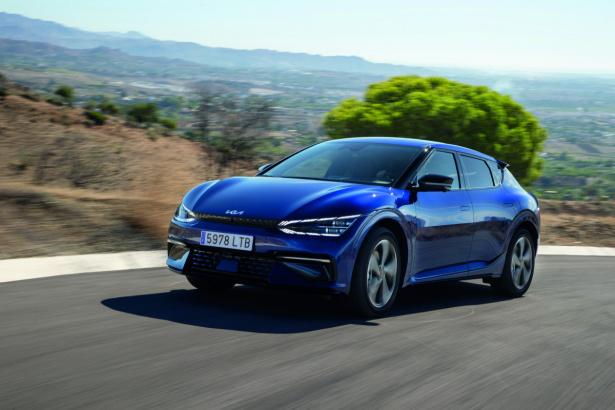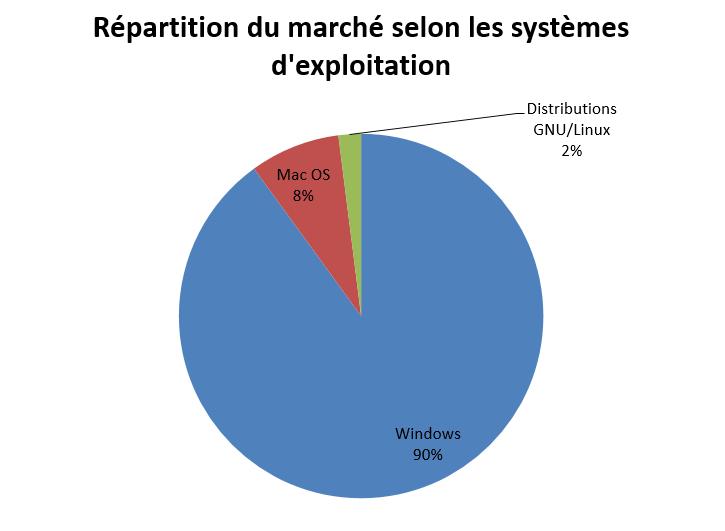Kia EV6 test: at the wheel of the electric crossover
At the end of our test day, around the table, the boss of European design, the Frenchman Gregory Guillaume, asks us a riddle: what legendary rally model is the design of this new EV6 inspired by? We gave our tongue to the cat. Our colleagues too! Answer, the Lancia Stratos. Ah yes, okay… By halving the height of the EV6 and squinting, we can indeed find some similarities to this former rally beast, three-time world rally champion in the 1970s At the level of the curves of its profile and its “duck ass” rear. Be that as it may, it must be recognized that this “i-vi-six” is off the beaten track with a singularly original line that stands out from that of the Ioniq 5. If its proportions are difficult to apprehend in the photos, in particular because of its XXL wheelbase (2.90 m), its design irresistibly attracts the eye and stands out in the automotive landscape. And makes you want to take a seat on board. We discover a particularly spacious cabin, both refined and airy, where life is good. Perfectly integrated, the double screen, twice 12''3, combines the counter block and the multimedia touch screen in a huge curved slab. The large floating center console is also very successful and there is plenty of storage on board. At the wheel, if the visibility is very satisfactory, we deplore a position too high perched and “posed”, like the minivans of yesteryear. And some clumsiness like these flush touch buttons on the front of the console, which are triggered involuntarily, like that of the heated steering wheel! If the presentation is elegant and the materials pleasant and original – the equivalent of 111 recycled plastic bottles (!) for the entire cabin – with a dashboard upholstered in a pretty fabric, and seats in “ vegan leather” (sic), their quality is not exceptional. We find, at the rear, the same ease, especially in terms of legroom, worthy of a limousine, and the same defect, seats that are too flat and too firm. Flying in hand, we console ourselves with the excellent ergonomics of the latter, both in diameter and in rim thickness. Satisfaction that continues with precise and ideally assisted steering that directs an incisive front axle. The two electric machines, front and rear, deliver their 239 kW (the equivalent of 325 of our good old horses) and above all their 605 Nm gently and progressively in standard mode. And with enthusiasm in sport mode where you reach maximum speed on the motorway in less time than it takes to write it down... Knowing that a 585 hp GT AWD version will be launched at the end of 2022. steering wheel allow you to choose between several levels of regeneration, the most virulent of which allows you to come to a stop without using the brake pedal (e-pedal). Enough to combine driving pleasure and economy since this mode allows regeneration of up to 150 kW.
Surprisingly neutral behavior
The chassis turns out to be very balanced, helped by an ideal weight distribution (53/47%) and a center of gravity lowered by the installation of 483 kilos (!) of batteries under the flat floor. This results in a surprisingly neutral behavior which, in very sporty driving, can go as far as a slight drift of the four wheels, very easy to control, under the aegis of an effective anti-skid ESC. It is only in the event of notorious abuse, on a roundabout approached in overspeed, that one can detect a slight understeer, the time that the front axle is in turn, too, driven (in 0.4''). Knowing that this integral, non-permanent version works most of the time in propulsion mode. In any case, the substantial mass of this EV6 – between 2.1 and 2.2 tonnes – is barely felt. Significantly strengthened compared to that too lax of the Hyundai Ioniq 5, the damping benefits here from an active mechanical system which, via an additional piston, makes it possible to adapt the damping force in rebound. Optimized efficiency which results in relative dryness, especially at the rear. Which does not affect a generally very convincing comfort despite the relative firmness of the seat bases and the 20” rims of our test model. Added to this, logically, an appreciable silence, specific to all electric models, even if, on the highway, air and rolling noises do not make this Kia fundamentally quieter than a thermal model of equivalent category. As for consumption, we noted an average of 25.6 kWh during our test conducted without any restrictions on a mixed city-road-highway route. Which is exactly equivalent to a range of 263 km for 396 km announced at the start. What to expect between 300 and 340 km in “normal” use. As for the recharging time of the 77.4 kWh long-range batteries, it varies by almost 33 hours on a standard household socket – or 7h20 on an 11 kW wall-box (available as an option for €1,490) – 18 minutes to recover 80% of range on a 350 kW supercharger; a “best in class” figure, verified, chrono in hand, by one of our eminent colleagues! Recharges accessible via the Kia Charge card, without subscription, or with. For €13 per month, we have a preferential rate of €0.29 per minute at Ionity, which amounts to €5.22 for a full tank, at 80%. There remains a rather well-placed price positioning given the “all-inclusive” equipment, in particular on this medium-high GT Line finish which will represent 40% of sales. With, to name only the safety equipment, full LED matrix headlights, scrolling indicators, an augmented reality head-up display, lane keeping assistance, emergency braking with detection of pedestrians and cyclists , adaptive cruise control with stop & go function and active driving assistance on the motorway and in traffic jams.
Our opinion

In addition to an original design, this EV6 boasts great driving pleasure, very good performance, good comfort and flattering roominess. Remains an autonomy that we would have liked a little more generous.
Technical sheet
To buy
Kia EV6 325 AWD test From: €51,990 Average manufacturer consumption/average of the test (kWh/100 km): 17.2 to 18/25.6 CO2/bonus: 0/2,000 € Fiscal power: 6 CV Country of manufacture: South Korea Warranty: 7 years/150,000 km
Range offered
Electric: from 229 to 585 hp, from 47,990 to 66,990 €
Conduct
Motors: electric synchronous with permanent magnets, front + rear Transmission: non-permanent integral, single gear reduction + reverse gear Power (hp): 325 (239 kW) (100 front, 225 rear) Torque (Nm): 605 Weight (kg): 2,090 to 2,180 Length.xwidth.xheight. (m): 4.69×1.89×1.55 Wheelbase (m): Batteries: lithium-ion-polymer, 77.4 kWh Charging time: 18 minutes for 80% on 350 kW super-charger, 1h13 for 80% on 50 kW fast terminal, 7h20 for 100% on 11 kW wall box & 32h45 on domestic socket Maximum speed (km/h): 185 km/h 0-100 km/h: 5''2 Standard tyres: 235 /55 R 19 Tires tested: Michelin Pilot Sport 4 SUV (255/45 R 20)
Live
Trunk 5/2 (l): 490 (480 with subwoofer)/1,300 (+20 front)
Recommended options
Main competitors (4 wheel drive)
Ford Mustang Mach-E AWD, 269 hp, from €56,500 Hyundai Ioniq 5 HTRAC, 306 hp, from €55,900 Tesla Model Y Long Range AWD, 476 hp, from €59,990
WE love
We love less
Also read on auto-moto.com:
Hyundai Ioniq 5 review
Ford Mustang Mach-e review
Tesla Model Y long range test







